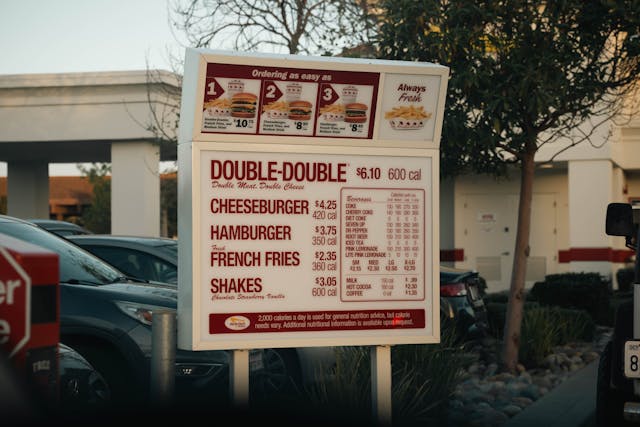BLACK ENTERPRISE Editors
3 min read
If you’ve ever wanted to be your boss and start a business, becoming a franchisee within the Quick Service Restaurant (QSR) industry might be right for you. With customers increasingly focused on value, compelling menu items, and convenience, QSR franchises are poised for growth in 2025, according to industry data. Wendy’s shares three key things to keep in mind if you’ve ever thought about opening your restaurant.
More than 204,000 QSR franchise-operated locations are projected to open this year alone. That’s an increase of 2.2%, according to the International Franchise Association’s 2025 Franchising Economic Outlook. What’s driving the opportunity? Consumers are becoming increasingly selective in their spending, prioritizing perceived value and personalization over discounted prices. According to the IFA, QSRs and fast-casual brands offering superior quality-to-price ratios are expected to outperform in 2025, maintaining their appeal to cost-conscious consumers.
Aspiring QSR franchise operators have numerous choices when deciding to grow within the industry, including evaluating brand potential, location availability, building type, and incentives as part of an overall business opportunity. Industry experts advise exploring all options to find the right growth opportunity for each entrepreneur, including the brand itself, as well as considering rural versus urban locations and analyzing the benefits of different restaurant asset types, whether opening traditional standalone locations or non-traditional locations, such as airports or travel centers. Several restaurant brands also offer incentives such as build-to-suit mechanisms, which can reduce the upfront cost of opening a restaurant.
Mike Zak, a 30-year veteran franchise operator and president of Wenzak, a Wendy’s franchise organization, shares some advice to consider when opening a QSR:
-
The Menu: Does the menu include craveable items? Is the brand innovating and providing exceptional customer experiences to build repeat visits? Is it delivering relevant value? Do the teams ensure fresh, hot food every visit to keep customers coming back?
-
Restaurant Design: Good restaurant design sets the stage for better returns. Designs should feature a simplified construction process that reduces capital expenditure and operating costs. In the digital age, the brand must offer designs that include streamlined ordering, increased digital capacity and dedicated mobile pickup and delivery windows. It’s also essential to have a fresh, clean-looking design that employees love to work in and customers love to visit.
-
Technology: Does the brand lead through innovation to help restaurant operators deliver a quick and seamless experience to customers? Voice AI in the drive-thru, combined with a user-friendly app, can elevate and help the crew focus on providing fast, friendly services and customer experiences.













